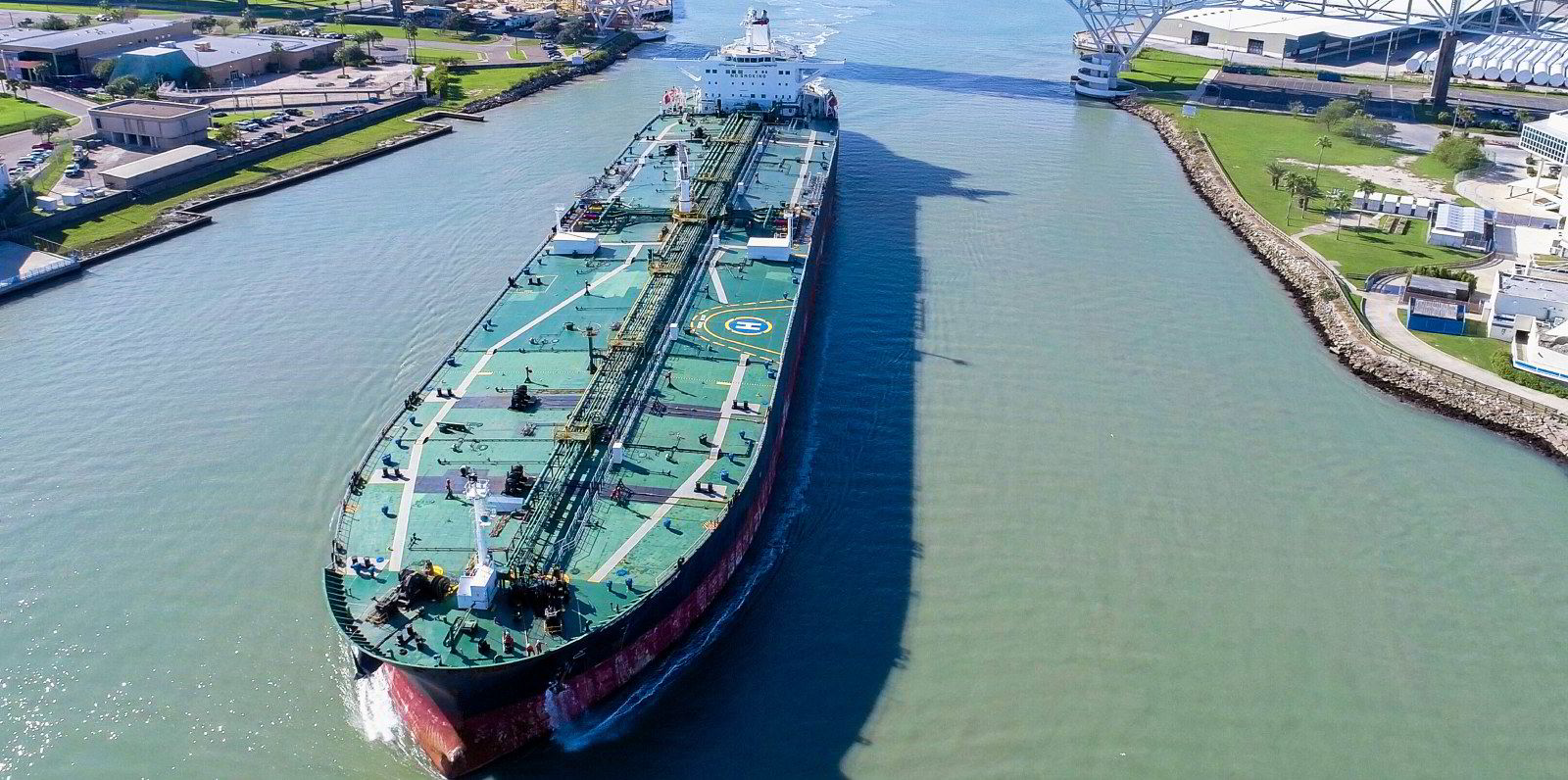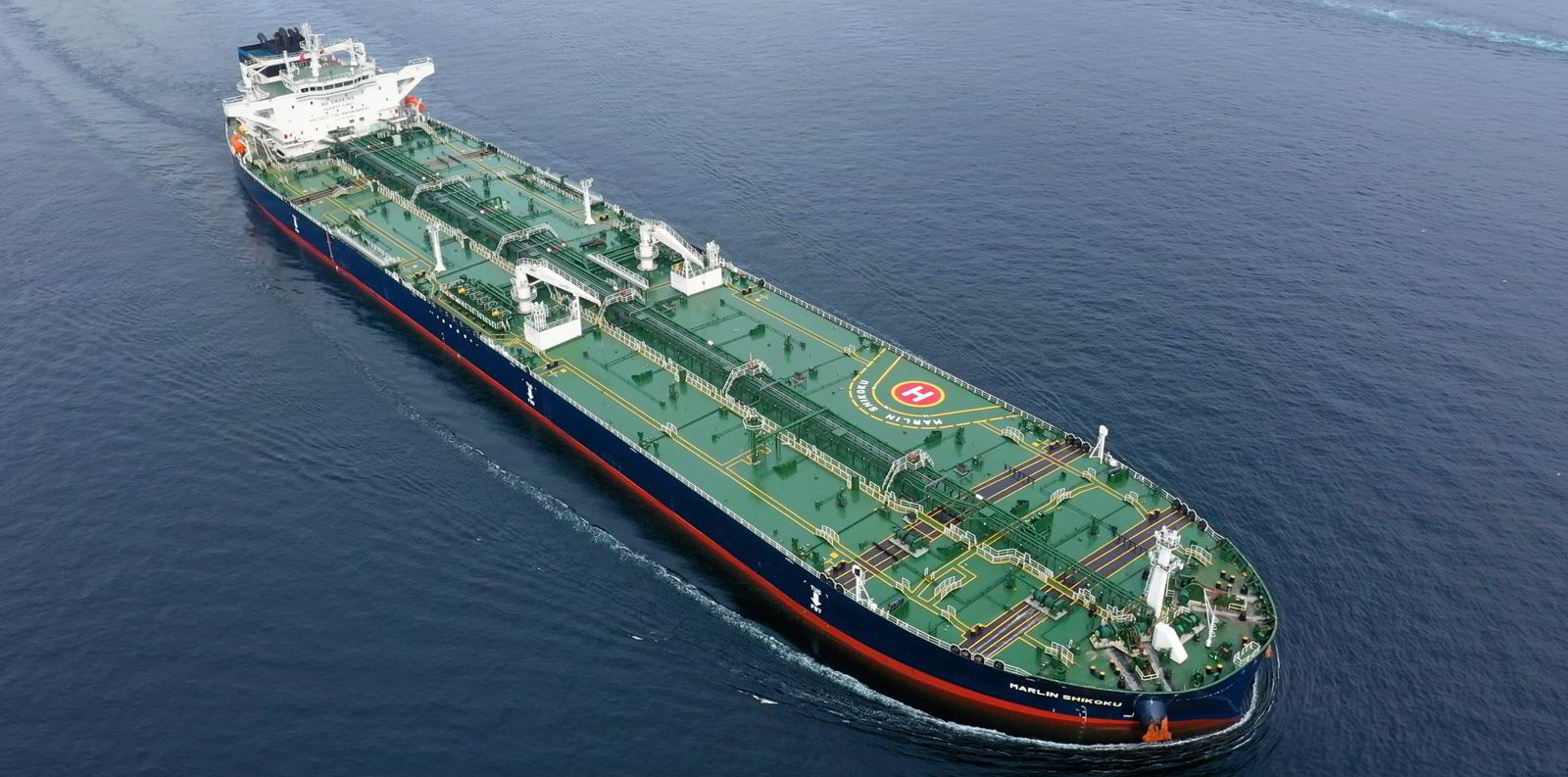Growing US crude production and exports could provide a welcome boost for the tanker sector, says a top US shipbroker.
Poten & Partners says persistent high oil prices amid a tight global oil market have created a powerful incentive for US crude oil producers to put more rigs to use and expand tight oil production.
Major producers like ExxonMobil and Chevron have announced in their recent quarterly earnings calls that they will boost production by 25% and 10% respectively.
US crude oil production will rise to an average of 12m barrels per day (bpd) in 2022 and 12.6m bpd in 2023 which would be a record on a yearly average basis, according to US Energy Information Administration forecasts.
The average 2022 production would represent an increase of 800,000 bpd over the 11.2m bpd average US output of 2021, which represents an increase of 7%.
Poten said the impact this will have on the tanker market depends on two main factors: how much of the extra output will be exported and where these exports will be headed.
In the two years prior to the outbreak of Covid-19, 2018 and 2019, total US crude oil production grew by 2.9m bpd, of which 1.9m bd, some 65%, was shale oil from the Permian Basin.
During the same period, US crude oil exports expanded by 2.18m bpd, from 1.36m bpd in January 2018 to 3.54m bpd in December 2019.
“During this period US crude oil imports declined by 1.3m bpd, mainly as a result of lower seaborne deliveries from Saudi Arabia and Iraq in the Middle East and Venezuela due to US sanctions,” said Poten.
“Overall, from a tanker ton-mile perspective, the increase in exports more than compensated for the reduction in seaborne imports.”
In addition, Poten said Canadian output is expected to rebound as well and until the Trans Mountain pipeline expansion is operational, expected in early 2023, most of the additional oil will likely flow south to the US.
“Some of the Canadian barrels may even reach the export markets, now that the 200,000-bpd capacity reversed Capline Pipeline is fully online,” said Poten.
Combined, the brokerage said these developments make it “highly likely” that US crude oil exports will get a substantial boost in the coming years.
As US exports ramped up in 2017, more VLCCs were utilised and export markets in Asia became accessible with exports to Asia increasing from 538,000 bpd in 2017 to 2.7m bpd in 2021.
“Last year, 50% of all US crude oil export cargoes were sold into Asia. If a similar percentage of the additional 1.4m bpd expected for 2022 and 2023 will also be transported to Asia, it will mean a major boost for VLCC tonne-mile demand,” said Poten.
Poten said an increase in exports of 700,000 bpd from the US to Asia would require an additional 35 VLCCs assuming ballast-back voyages. The same volume coming from the Middle East would require only 10-12 VLCCs.
“If we assume that this represents additional barrels rather than replacement volumes, additional US exports should provide much-needed help to balance the large tanker market,” the shipbroker said.





